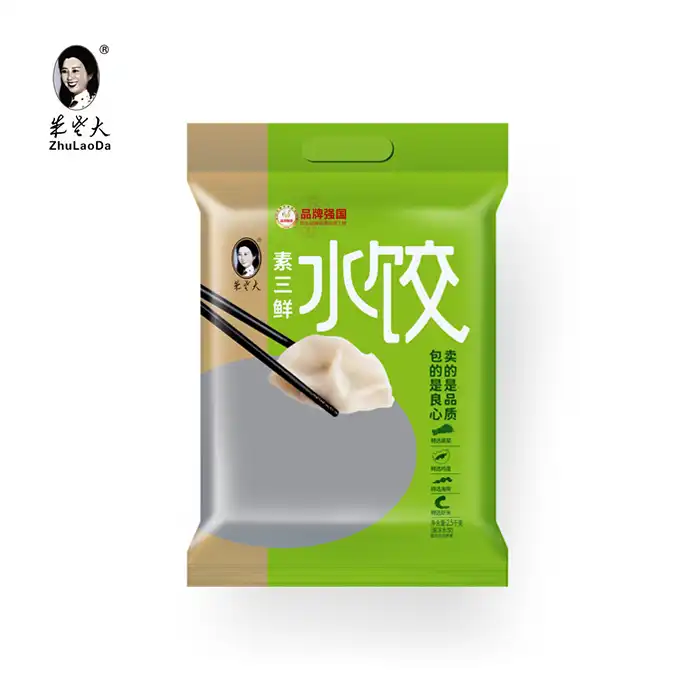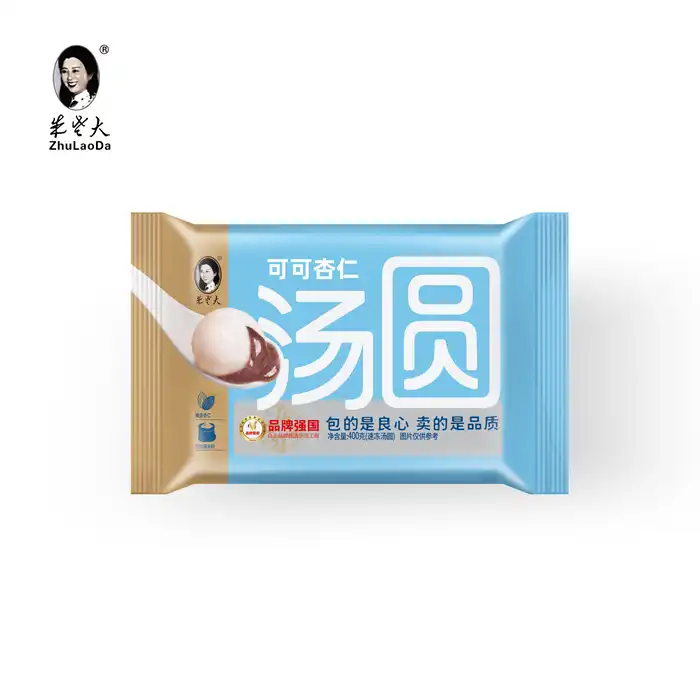- English
- French
- German
- Portuguese
- Spanish
- Russian
- Japanese
- Korean
- Arabic
- Greek
- German
- Turkish
- Italian
- Danish
- Romanian
- Indonesian
- Czech
- Afrikaans
- Swedish
- Polish
- Basque
- Catalan
- Esperanto
- Hindi
- Lao
- Albanian
- Amharic
- Armenian
- Azerbaijani
- Belarusian
- Bengali
- Bosnian
- Bulgarian
- Cebuano
- Chichewa
- Corsican
- Croatian
- Dutch
- Estonian
- Filipino
- Finnish
- Frisian
- Galician
- Georgian
- Gujarati
- Haitian
- Hausa
- Hawaiian
- Hebrew
- Hmong
- Hungarian
- Icelandic
- Igbo
- Javanese
- Kannada
- Kazakh
- Khmer
- Kurdish
- Kyrgyz
- Latin
- Latvian
- Lithuanian
- Luxembou..
- Macedonian
- Malagasy
- Malay
- Malayalam
- Maltese
- Maori
- Marathi
- Mongolian
- Burmese
- Nepali
- Norwegian
- Pashto
- Persian
- Punjabi
- Serbian
- Sesotho
- Sinhala
- Slovak
- Slovenian
- Somali
- Samoan
- Scots Gaelic
- Shona
- Sindhi
- Sundanese
- Swahili
- Tajik
- Tamil
- Telugu
- Thai
- Ukrainian
- Urdu
- Uzbek
- Vietnamese
- Welsh
- Xhosa
- Yiddish
- Yoruba
- Zulu
What Are the Cooking Methods of Fresh Pork & Corn Dumplings?
Fresh pork and corn dumplings are a versatile dish loved for their balance of savory and sweet flavors. They have become a staple in many cuisines, offering endless possibilities for preparation. Over the years, I have tried various methods to cook dumplings, each bringing out unique textures and tastes. In this article, I’ll explore different ways to cook these dumplings, providing insights into how each method enhances the experience of this beloved dish.
The Importance of Cooking Methods
Cooking methods significantly impact the flavor, texture, and presentation of dumplings. For instance, steaming accentuates the natural sweetness of corn and the juiciness of pork, while frying adds a crispy exterior that contrasts with the tender filling. Choosing the right method can elevate a simple dish into something extraordinary. Additionally, understanding these techniques helps ensure consistent results, whether you’re preparing a meal for your family or guests.
Steaming: A Healthy and Simple Choice
-
How to Steam Dumplings
Steaming is one of the simplest ways to prepare fresh dumplings. To begin, I line a bamboo or metal steamer with parchment paper or cabbage leaves to prevent sticking. The dumplings are arranged in a single layer with enough space between them to allow steam to circulate. After boiling water in a pot or wok, I place the steamer on top, cover it, and cook the dumplings for about 10–12 minutes.
-
Benefits of Steaming
Steaming preserves the natural flavors of the ingredients while maintaining their moisture. This method results in tender dumplings with a soft wrapper, making it ideal for those seeking a healthier cooking option. Steamed dumplings pair wonderfully with light dipping sauces, such as soy sauce with a splash of vinegar.
Boiling: A Traditional Approach
- How to Boil Dumplings
Boiling is another popular way to cook fresh pork and corn dumplings. In a large pot, I bring water to a rolling boil and add the dumplings in batches to prevent crowding. As they cook, the dumplings rise to the surface. I let them continue boiling for 2–3 minutes to ensure the filling is thoroughly cooked. Stirring occasionally prevents them from sticking to the bottom of the pot.
-
Benefits of Boiling
Boiling creates soft, delicate dumplings with a slightly chewy texture. This method is perfect for serving dumplings in soups or broths. The boiled dumplings absorb the flavors of the liquid, enhancing the overall dish. When served on their own, they pair well with dipping sauces that add complexity, such as chili oil or sesame paste.
Pan-Frying: A Crispy Delight
-
How to Pan-Fry Dumplings
Pan-frying, also known as the potsticker method, is a technique that combines frying and steaming. First, I heat a small amount of oil in a non-stick skillet over medium heat. I arrange the dumplings in a single layer and fry them until the bottoms are golden brown. Then, I add a splash of water to the pan, cover it, and let the dumplings steam for 5–7 minutes. Once the water evaporates, I uncover the pan and allow the bottoms to crisp further.
-
Benefits of Pan-Frying
This method creates dumplings with a satisfying contrast: a crispy bottom and a tender, juicy filling. Pan-fried dumplings are visually appealing and rich in flavor, making them a favorite for both casual meals and special occasions. They pair well with bold sauces, such as sweet chili or garlic-soy blends.
Deep-Frying: A Bold and Flavorful Option
-
How to Deep-Fry Dumplings
Deep-frying involves submerging dumplings in hot oil (around 350°F or 175°C) until they are golden and crispy. I use a deep pan or fryer and carefully monitor the temperature to ensure even cooking. After frying, I place the dumplings on paper towels to remove excess oil.
-
Benefits of Deep-Frying
Deep-fried dumplings are irresistibly crispy and flavorful. While this method is less common for pork and corn dumplings, it’s an excellent choice for creating appetizers or party snacks. The crispy shell provides a delightful contrast to the juicy filling, and they pair beautifully with sweet-and-sour or spicy dipping sauces.
Baking: A Low-Fat Alternative
-
How to Bake Dumplings
Baking is an unconventional but effective way to prepare dumplings. I preheat the oven to 375°F (190°C) and arrange the dumplings on a parchment-lined baking sheet. Brushing them lightly with oil helps create a golden crust. The dumplings bake for 15–20 minutes, with a flip halfway through to ensure even browning.
-
Benefits of Baking
Baking is a healthier alternative to frying, reducing oil usage while still achieving a crispy texture. This method is especially useful for preparing large batches of dumplings. Baked dumplings work well with thick dipping sauces like hoisin or peanut-based dressings.
Simmering in Soup: A Comforting Choice
-
How to Simmer Dumplings in Soup
Simmering dumplings in soup combines cooking and flavor infusion. After preparing a flavorful broth, I add the dumplings and let them cook gently for 8–10 minutes. This method ensures the dumplings remain tender and absorb the essence of the soup.
-
Benefits of Simmering
Simmered dumplings are comforting and nourishing, making them an excellent choice for colder months. Pork and corn dumplings pair well with broths such as chicken, miso, or vegetable-based options. Adding greens like bok choy or spinach enhances the dish’s nutritional value.
Combining Methods: Exploring Versatility
For an elevated experience, I often combine cooking methods. For instance, I steam dumplings first to ensure the filling is cooked, then pan-fry them for a crispy exterior. This approach allows me to enjoy the best of both worlds—moist interiors with a crunchy base. Experimenting with combinations can lead to new and exciting culinary discoveries.
Conclusion
Fresh pork and corn dumplings are a versatile and delightful dish that can be prepared in many ways. Each cooking method—steaming, boiling, pan-frying, deep-frying, baking, or simmering—offers unique textures and flavors. By understanding these techniques, you can tailor the cooking process to suit your preferences and create memorable meals. Whether you’re seeking a healthy option or a crispy indulgence, there’s a perfect method for every occasion.
Ready to bring the delicious taste of dumplings to your table? Contact us today for inquiries, bulk orders, or OEM/ODM services.
📧 Email: sdzldsp@163.com
References
1. Serious Eats. (2023). The Best Way to Cook Dumplings. Serious Eats
2. The Spruce Eats. (2020). Dumpling Basics: Cooking and Serving Tips. The Spruce Eats
3. Tasty. (2022). How to Make Perfect Dumplings. Tasty
4. Epicurious. (2021). Dumpling Cooking Methods. Epicurious
Learn about our latest products and discounts through SMS or email



